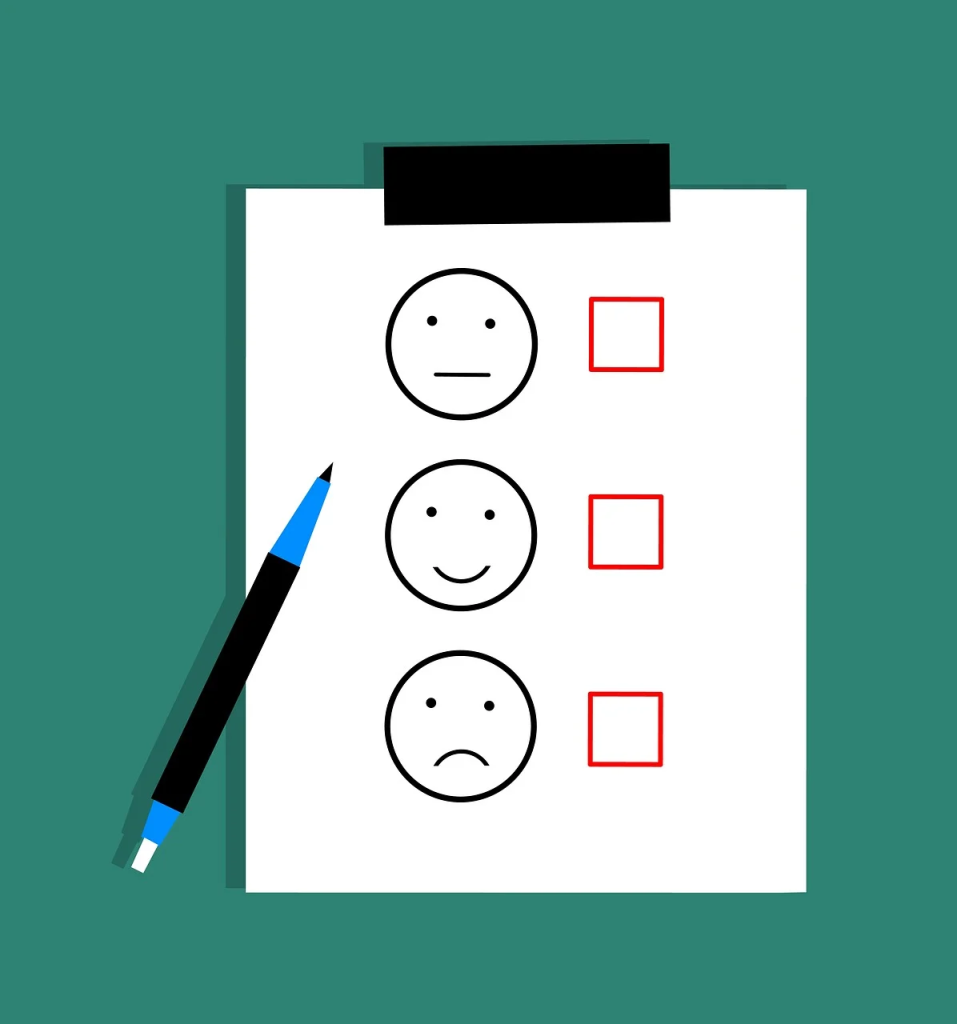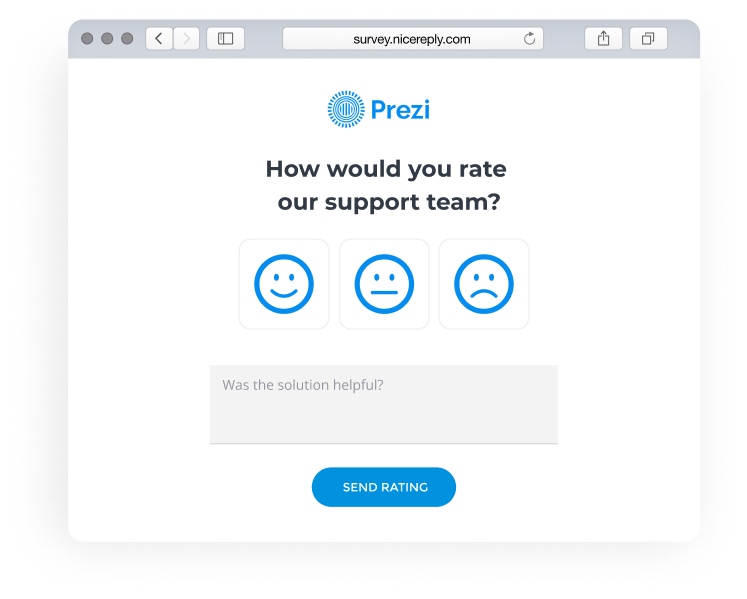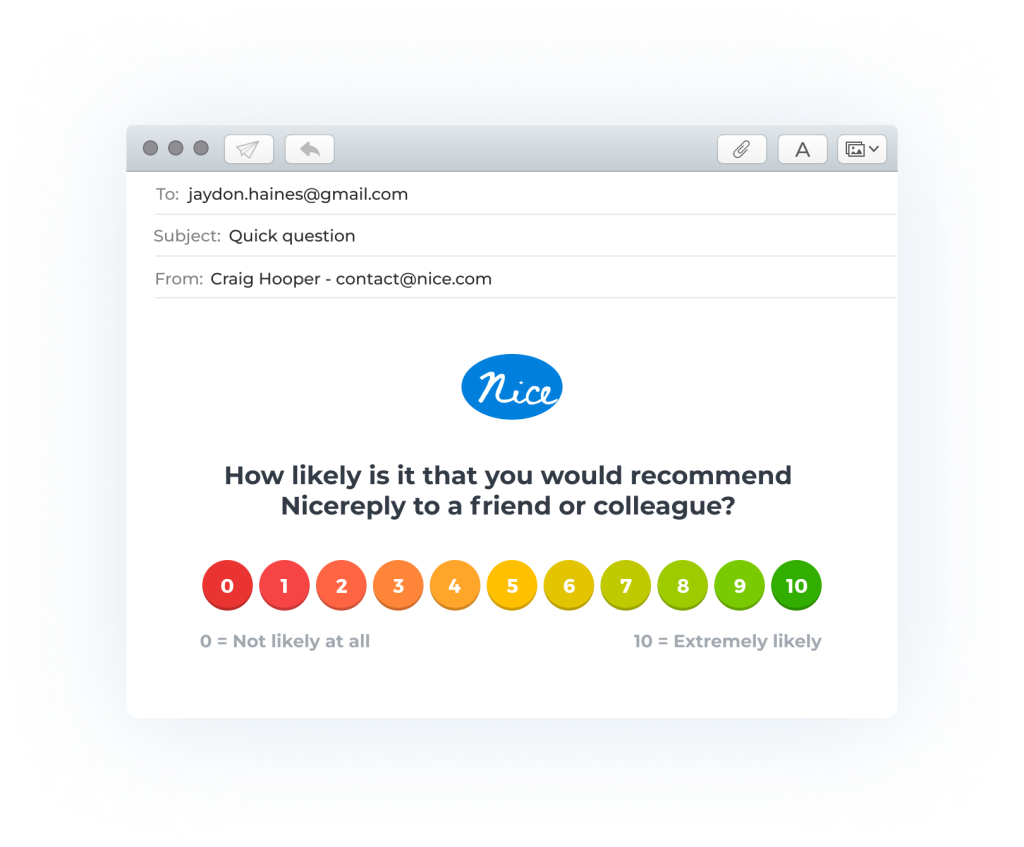Customer
success metrics are essential to the growth of every SaaS company.
With the increasing amount of intuitive software programs providing detailed data analytics to businesses, it’s no wonder that data-driven decision-making is now commonplace across almost all industries. Measuring key performance indicators (KPI) should be a standard business practice, ensuring organizations measure progress toward strategic objectives, and identifying strengths and areas for improvement.
When it comes to your SaaS business, you need to be measuring and evaluating your customer success. This helps you analyze how much value your customers gain from your product, and you can select particular KPIs to help you do so.
But what exactly is customer success? How does it differ from customer service? And how do you go about measuring and evaluating customer success?
What is customer success?
Customer success can be defined as the strategies needed to help customers gain value from your product or service. In the SaaS industry, this usually concentrates on the digital user experience, such as offering the best business phone service or service desk management.
A proactive customer success team focuses on building relationships with customers to meet their needs effectively and ensure they find success with the product. The main focus for customer success is understanding customer goals and objectives, measuring customer success metrics, and ensuring each product meets customers’ needs.
With the help of a customer success scorecard, managers can then use these valuable insights to gain a clearer view of where the company is in achieving its customer-specific goals.
How is customer success different from customer service?
Customer success is a proactive process by nature. It focuses on identifying what success means to the customer and helping them achieve it through the use of your product or service. Customer service, on the other hand, is a reactive tactic that’s based on solving problems.
For example, a customer service team will be involved in dealing with customer complaints, troubleshooting, refunds, and so on. A customer success team will proactively work with customers to reduce the likelihood of customers needing to contact the customer service team!
While it is true that both customer success and customer service are indeed linked, they are certainly not the same thing. Customers are becoming more and more demanding, and it is becoming harder to stay competitive in an increasingly complex marketplace. Many businesses are now leveraging hybrid cloud benefits to foster positive relationships with customers and put customer success at the forefront of their growth strategy.
10 essential customer success metrics SaaS businesses should measure
Measuring customer success metrics is essential in your SaaS business, but it isn’t necessarily straightforward. If you are wondering how to measure customer success, follow our guide to 10 essential metrics for customer success in your SaaS business and make sure you’re on the right track.
This section will focus on the following customer metrics:
- Customer satisfaction score (CSAT)
- Net Promoter Score (NPS)
- Customer churn rate
- Customer lifetime value (CLV)
- Customer retention rate
- Renewal rate
- Average time on the platform
- Product usage rate
- Active users
- Free trial conversion rate
Keep in mind these success metrics examples can always be built on. Continuously monitor these CSM metrics as part of your wider strategy and look at them alongside other KPIs to gain a holistic view of your company’s success, from the customer journey to product UX.
1. Customer satisfaction score (CSAT)
Customer satisfaction score (CSAT) measures customer satisfaction levels at a specific moment in time. For example, you could measure CSAT at multiple touchpoints in the user journey such as when interacting with a particular feature on your webpage, or after an interaction with a team member.
Often collected as a simple survey response with a scale, this is a very common customer metric and one of the most straightforward ways to gauge customer satisfaction, particularly when evaluating customer success in your SaaS business. Knowing CSAT at various touchpoints can help customer success teams identify possible areas for improvement in the customer journey and therefore proactively work on improving customer satisfaction and success.
CSAT is adaptable to meet the needs of your research, in that you can set the questions and the scale you want to use. You might ask customers how satisfied they were with their experience on a scale of 1-5, or ask them simply to rate their experience as good or bad. You can get a CSAT score by dividing the number of positive responses by the total number of responses and then multiplying the answer by 100 to get a percentage.
While CSAT is hugely useful, it is important to note that it is an indicator of short-term customer satisfaction and does not necessarily give you the complete picture. You should therefore combine CSAT with other KPIs to fully understand customer success.
2. Net promoter score (NPS)
Another way of measuring customer satisfaction is by using the Net Promoter Score (NPS) which is a measure of how likely users are to recommend your product to others. In a similar way to CSAT, you ask customers to use a scale from 1-10 to rate how likely they are to recommend you to others.
Depending on their scores, customers can be divided into three categories:
- The detractors – customers who answered 6 or less.
- The passives – customers who answered 7 or 8.
- The promoters – customers who answered 9 or 10.
Customer success teams can use this success metric example to work on resolving the issues of detractors as well as finding out why the promoters are so happy and what can be done to turn the passives into promoters. You can find your NPS by calculating the percentage of your promoters minus the percentage of your detractors. Tracking this metric over time can give you valuable insights into your customer satisfaction and therefore help you evaluate customer success.
Your organization can buy domain names and embed NPS surveys into your site at various points. An NPS survey is usually followed by an opportunity for users to give an explanation for their score. This gives you valuable qualitative data and allows customer success teams to address any key themes or trends that arise.
3. Customer churn rate
Customer churn is defined as the number of customers you lose within a specified period of time. Most commonly, the customer churn rate is calculated monthly. Depending on the type of business you run, examples of customer churn could be the loss of a recurring contract for your cloud communication solutions, closed accounts, or canceled subscriptions.
Customer churn limits growth and profitability and can affect your reputation too. Clearly, a high customer churn rate indicates low levels of customer success and needs to be addressed.
To calculate the customer churn rate, you need to know the number of customers lost in the given timeframe and divide it by the number of customers at the beginning of that period. Multiply the result by 100 to obtain your churn rate.
Understanding the specifics of customer churn can help customer success teams proactively try to prevent it from happening in the future. For example, to keep your churn rate low, you may need to ensure you provide support at various touchpoints or offer your customers more value than competitors.
4. Customer lifetime value (CLV)
Customer lifetime value (CLV) is the average revenue generated from a customer over their lifetime with your business. Increasing your LTV increases overall profitability.
When it comes to SaaS, most businesses are looking for customers to stay by repeating subscriptions or contracts. The longer the customers stay, the lower your costs are per customer, and the higher the CLV. For example, you may want to calculate the CLV for your law practice management software, in order to measure its effectiveness and build a picture of customer success.
As a measure of customer success, it links with revenue and is therefore an important metric for any business looking to grow. To calculate your CLV you need to multiply your annual revenue per customer by the customer relationship in years. Subtract your customer acquisition cost to find your average CLV.
An effective customer success team will be able to increase the annual revenue per customer and the average length of customer relationships in order to increase the CLV.
5. Customer retention rate
Customer retention rate should be one of your key customer success metrics in SaaS. Due to the nature of SaaS, companies tend to have ongoing customer relationships rather than engaging in one-off transactions. Customer retention rate measures the percentage of existing customers that have been retained in a given period.
To calculate the customer retention rate, subtract the number of new customers in a given timeframe from the number of customers at the end of that timeframe. Then divide your answer by the number of customers you had at the beginning of that timeframe. Multiply your answer by 100 to get your customer retention rate as a percentage.
At the end of the day, one of the most important indications that your customers are satisfied is if they continue to do business with you. Effective customer success efforts will boost customer retention in your organization.
Start your day
with great
quality
content
6. Renewal rate
Renewal rate is one of the most essential customer success KPIs for SaaS businesses. Naturally, the number of customers who continue to renew contracts and keep using your product is a key indicator of customer success.
Your renewal rate can tell you a lot. If your renewal rate is high then you can be confident that customers are satisfied with your product or service and are happy to commit to using it for another set period of time. If the renewal rate is low, however, this indicates that customers have not had success and you should investigate how to improve your product and provide a better customer experience.
To calculate your renewal rate, simply divide the number of customers who renewed their subscription by the number of users who were due to renew. Then, multiply your answer by 100.
7. Average time in application
It is highly useful for SaaS businesses to understand how much time customers are spending using a particular software or application. Using this metric alongside customer feedback tools can give you a better understanding of your customer’s behavior, which then allows you to make improvements as required.
Understanding this, along with other key KPIs for customer success, can really help your SaaS business to provide customers with the best experience possible.
8. Product usage rate
You can tell how valuable your product is to customers by identifying how much they use it. Tracking how often customers use a product and how long they spend using it can give you valuable insights into customer success.
In order to calculate this customer success KPI, you must first decide which intervals you will measure (daily, weekly, monthly, etc). Then, find out what percentage of your users are using the product at each interval.
9. Active users
Measuring active users tells you how many customers use a product or service on a daily, weekly, or monthly basis. Alongside product usage rate, this gives you a picture of how customers use your product. Understanding how your product is used is essential for evaluating customer success in SaaS and helps you improve your customer experience.
10. Free trial conversion rate
Many SaaS companies offer free trials to customers who sign up for the first time. Allowing people to try before they buy is a fantastic tool for SaaS businesses to increase user numbers.
If you offer a free trial, it is essential to measure your free trial conversion rate. This customer success metric tells you how many customers are continuing beyond the free trial and committing to the paid version.
To find your free trial conversion rate, divide the number of customers using the free trial by the number who went on to buy a paid subscription. Decide when you will measure this, such as monthly, quarterly, or annually. Remember to monitor this metric regularly to give you an indication of the success of your free trials over time.
Key takeaways
The customer success metrics described in this article are essential for evaluating customer success in your SaaS business. Tracking, monitoring, and responding to each KPI for customer success will allow you to identify areas for improvement as well as celebrate goals.
Ultimately, happy and satisfied customers will return to you again and again. By using data to analyze the above metrics for success examples, you can optimize the customer experience and help people achieve their business goals. And if you can help customers meet their goals, they will not only value the products and services you provide, they’re more likely to be loyal to your company and recommend you to others.
As a result, your customer success rates will skyrocket as you keep existing customers happy while welcoming new ones on board, ultimately leading to sustainable growth for your SaaS business.












